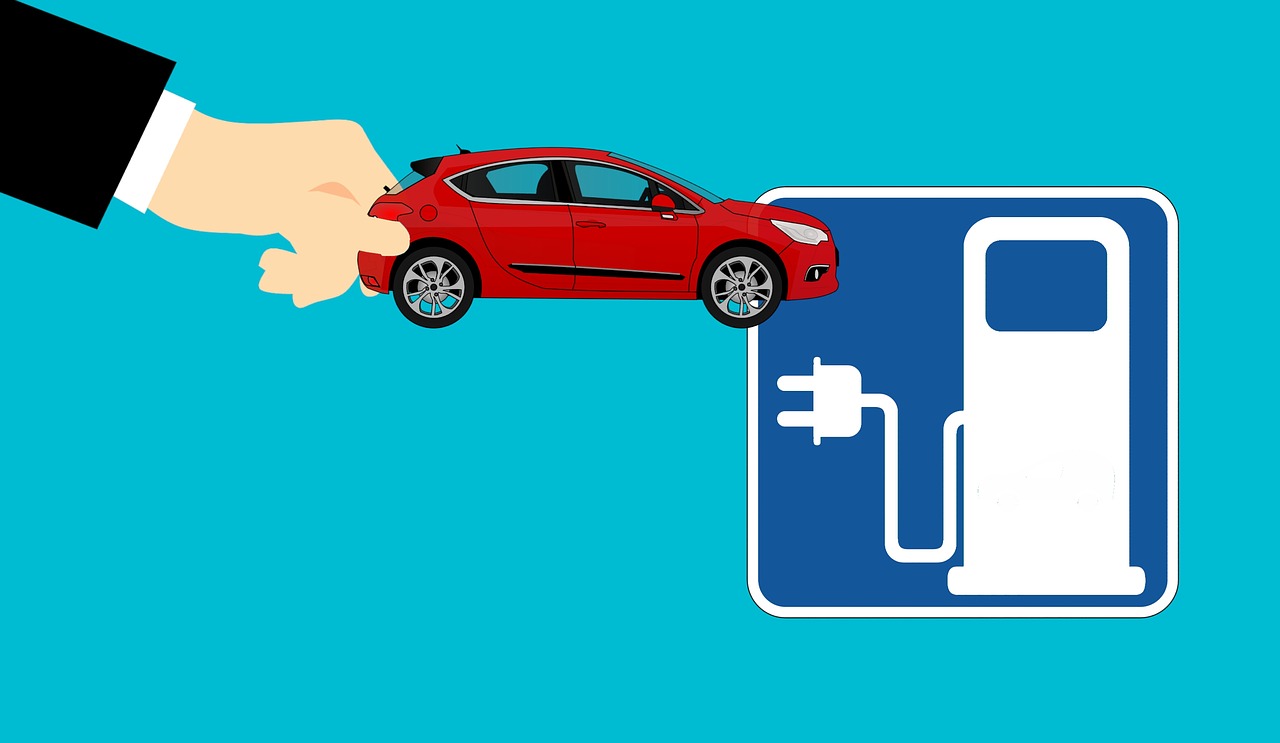 Just about every car company is on a mission to create a zero-emission vehicle ("ZEV")...
Just about every car company is on a mission to create a zero-emission vehicle ("ZEV")...
Only, some seem more serious about it than others.
Eventually, every car on the road will end up being a ZEV. Many countries in Europe and certain U.S. states already have goals in place to transition toward ZEVs. The European Union, for instance, expects every new car sold by 2035 to have zero emissions.
That's a clear deadline for any automaker that operates in Europe... and yet, some companies are clearly more worried than others about hitting it on time.
Anyone can track the advances in ZEVs through a report from the International Council on Clean Transportation ("ICCT"). It follows the progress of the 20 biggest automakers toward achieving ZEV as a standard.
Today, we'll use this report to understand which companies are best positioned to achieve their ZEV goals. And we'll discuss one factor in the report that we think will be the most predictive.
 The report looks at three main "pillars"... market dominance, technology performance, and strategic vision.
The report looks at three main "pillars"... market dominance, technology performance, and strategic vision.
The market dominance pillar measures an automaker's progress in transitioning its fleet to ZEVs. It determines this based on ZEV sales share and class coverage.
Technological performance comprises five metrics that evaluate automakers' ability to attract ZEV consumers. And it examines their ability to make advancements in sustainable manufacturing and sourcing.
Last, the strategic vision pillar encompasses three metrics that shed light on each company's commitment to their ZEV futures. It looks at ZEV adoption goals, ZEV investment, and management compensation.
To us, market dominance and technology performance are backward-looking metrics. They're helpful to see how far carmakers have come today... Yet they don't speak to what the company will do in the future.
Regular readers are familiar with a phenomenon we call "incentives dictate behavior" ("IDB"). In short, it means people will do what they're motivated to do based on anticipated rewards.
We spend a lot of time evaluating management compensation through IDB to understand where businesses are headed. That's why we think the strategic vision pillar is the most predictive.
Most management teams get paid for hitting strategic goals laid out by the board of directors. And depending on the industry and the aims of the board, those goals can range wildly.
We can learn a lot about how likely carmakers are to start offering ZEVs soon based on management compensation.
 Here's where the ZEV scorecard stands today...
Here's where the ZEV scorecard stands today...
It's no surprise that two companies lead the pack... Tesla (TSLA) and Chinese electric-vehicle maker BYD (1211.HK). They've emerged as the leaders in the transition to ZEVs.
Like BYD, Tesla started out as an electric-vehicle maker. That means these companies don't have to transition away from a legacy business. Most of their development budgets have gone to building ZEVs.
Tesla's management is paid to grow how many vehicles it sells. And because it only sells EVs, it's already in a great spot. The same is true for BYD.
Of the rest of the big automakers, two companies have far better compensation frameworks to focus on reaching ZEV. German automaker BMW (BMW.DE) and Italian-American conglomerate Stellantis (STLA) had high management compensation scores and ranked right behind Tesla and BYD.
BMW's management team gets about 15% of its compensation from hitting its environmental, social, and governance ("ESG") targets. And 20% of Stellantis' compensation is awarded based on growing its EV fleet and hitting its carbon dioxide reduction targets.
Those metrics are directly related to ZEV development. Most other major carmakers say they're committed to reaching ZEV... yet their compensation frameworks don't seem as urgent.
If you think winning the ZEV race will be important to driving stock returns, four companies clearly stand above the rest. When other companies are rushing to get up to speed, these four won't have to worry. They're already better prepared.
We expect Tesla and BYD to keep leading the pack, given their current dominance and their good compensation frameworks. BMW and Stellantis could give them a run for their money, though... and that could help these two automakers survive in the long run.
Regards,
Joel Litman
June 22, 2023



 Just about every car company is on a mission to create a zero-emission vehicle ("ZEV")...
Just about every car company is on a mission to create a zero-emission vehicle ("ZEV")...

